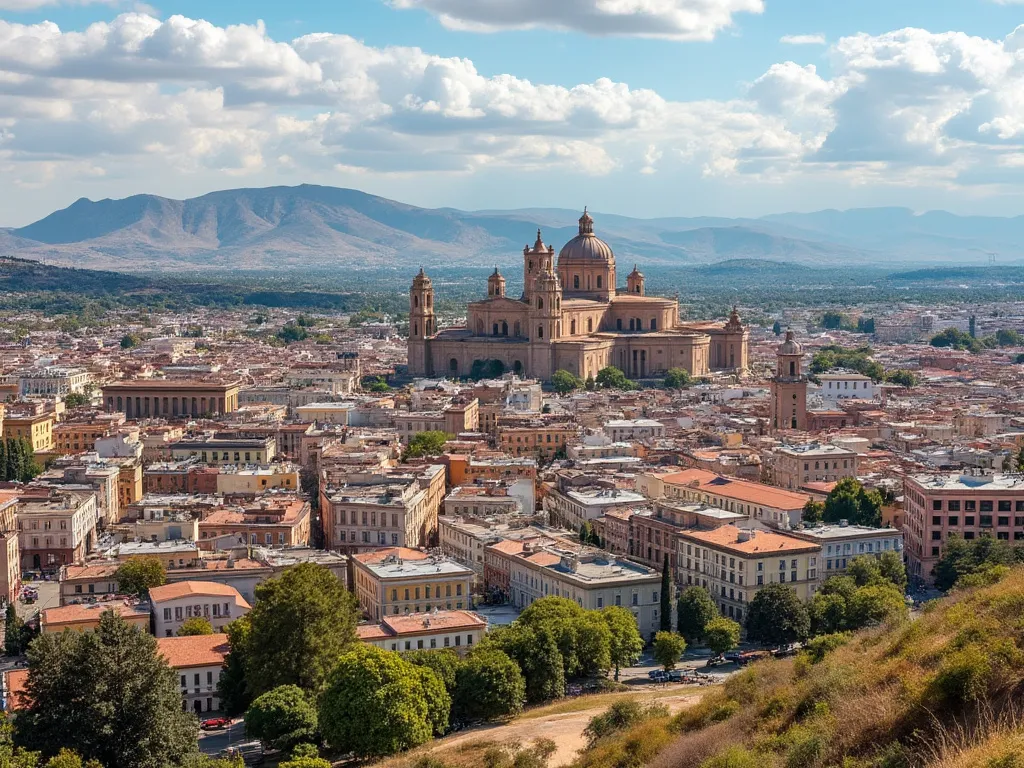
Sucre, also known as the "White City" or "La Ciudad de los Cuatro Nombres" (The City of Four Names), is the constitutional capital of Bolivia. This beautiful city is nestled in the south-central part of the country, in the valley of the Yampará River. Sucre is a city steeped in history and rich in cultural heritage, and it's a must-visit destination for anyone interested in exploring the heart of Bolivia.
Sucre information
| Country | 🇧🇴 Bolivia |
| City Population | 259,365 (2020 estimate) |
| City Coordinates | 19°02′S 65°15′W |
| City Area | 1,768 km² (682 sq mi) |
| Climate | Subtropical highland climate (Cwb) |
| Language | Spanish (official), Quechua, Aymara |
| Currency | Boliviano (BOB) |
| Time zone | UTC-4 (BOT) |
| Proximity to other major cities | La Paz (575 km / 357 mi), Santa Cruz de la Sierra (763 km / 474 mi) |
Interesting facts about Sucre
- Sucre is home to the oldest university in Bolivia, the University of San Francisco Xavier, which was founded in 1624.
- The city's historic center is a UNESCO World Heritage Site, recognized for its well-preserved colonial architecture and cultural significance.
- Sucre is known for its traditional cuisine, which includes dishes such as salteñas (meat pies), humitas (steamed corn pudding), and papas rellenas (stuffed potatoes).
Tourist attractions in Sucre
- The Cathedral of Sucre, a stunning example of colonial architecture and one of the city's most iconic landmarks.
- The National Museum of Ethnography and Folklore, which showcases the country's rich cultural heritage and traditional arts.
- The Sucre Symphony Orchestra, which performs classical music concerts throughout the year.
- The nearby town of Tarabuco, known for its traditional textiles and handicrafts.
Historical background of Sucre
Sucre was founded in 1538 by Spanish conquistador Pedro de Anzúrez, who named it "Ciudad de la Plata de la Nueva Toledo" (City of Silver of New Toledo). The city played a significant role in the Spanish colonial era, serving as the capital of the Viceroyalty of Peru and later as the capital of the Audiencia of Charcas. Sucre was also a key location during the Bolivian War of Independence, and it was here that the country's declaration of independence was signed in 1825.
Geographical location of Sucre
Sucre is situated in the south-central part of Bolivia, in the valley of the Yampará River. The city is nestled in a valley surrounded by the Andes Mountains, which provides a mild climate and breathtaking scenery. Sucre is located at an altitude of 2,810 meters (9,220 ft) above sea level, making it one of the highest capital cities in the world.
Cultural significance of Sucre
Sucre is a city rich in cultural heritage, with a blend of indigenous, Spanish, and African influences. The city is home to numerous museums, galleries, and cultural institutions, including the National Museum of Ethnography and Folklore and the Sucre Symphony Orchestra. Sucre is also known for its vibrant festivals and celebrations, such as the Fiestas de la Virgen de Guadalupe and the Fiesta de la Independencia.
Economic importance of Sucre
Sucre is an important economic center in Bolivia, with a strong focus on agriculture, mining, and tourism. The city is known for its production of textiles, leather goods, and handicrafts, which are sold in local markets and exported to other countries. Sucre is also a popular tourist destination, attracting visitors from around the world with its rich history, cultural heritage, and natural beauty.
Conclusion on Sucre
Sucre is a city that offers a unique blend of history, culture, and natural beauty. From its well-preserved colonial architecture to its vibrant festivals and celebrations, Sucre is a must-visit destination for anyone interested in exploring the heart of Bolivia. Whether you're a history buff, a culture vulture, or simply looking for a new adventure, Sucre has something for everyone.
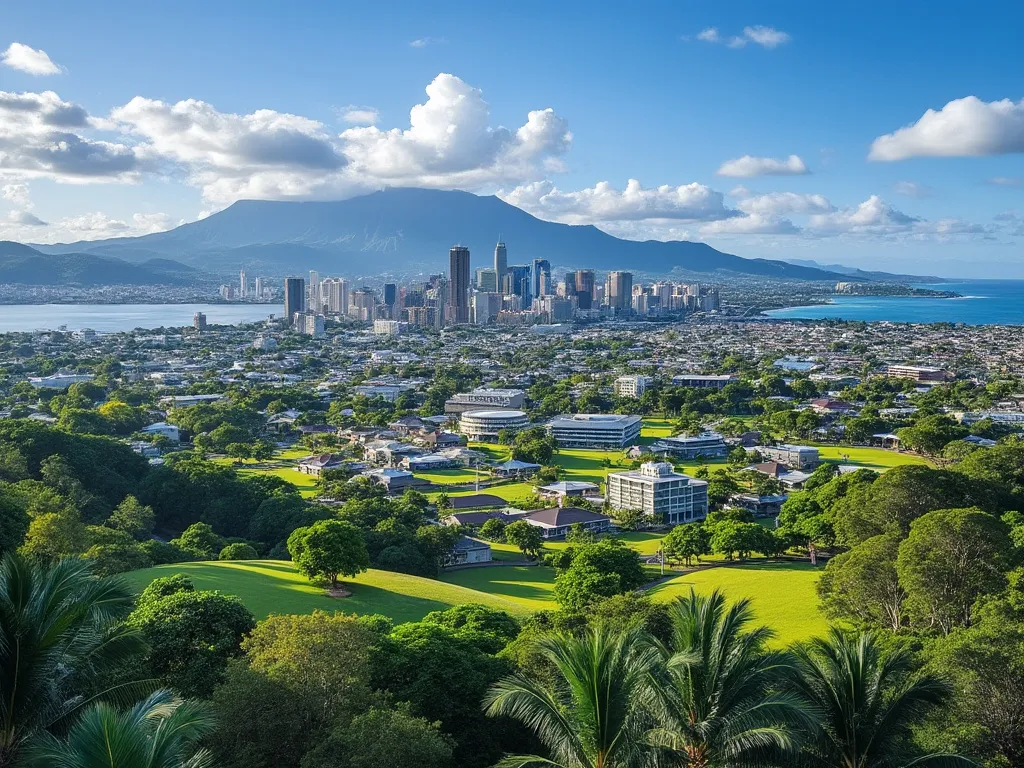 Suva
Suva
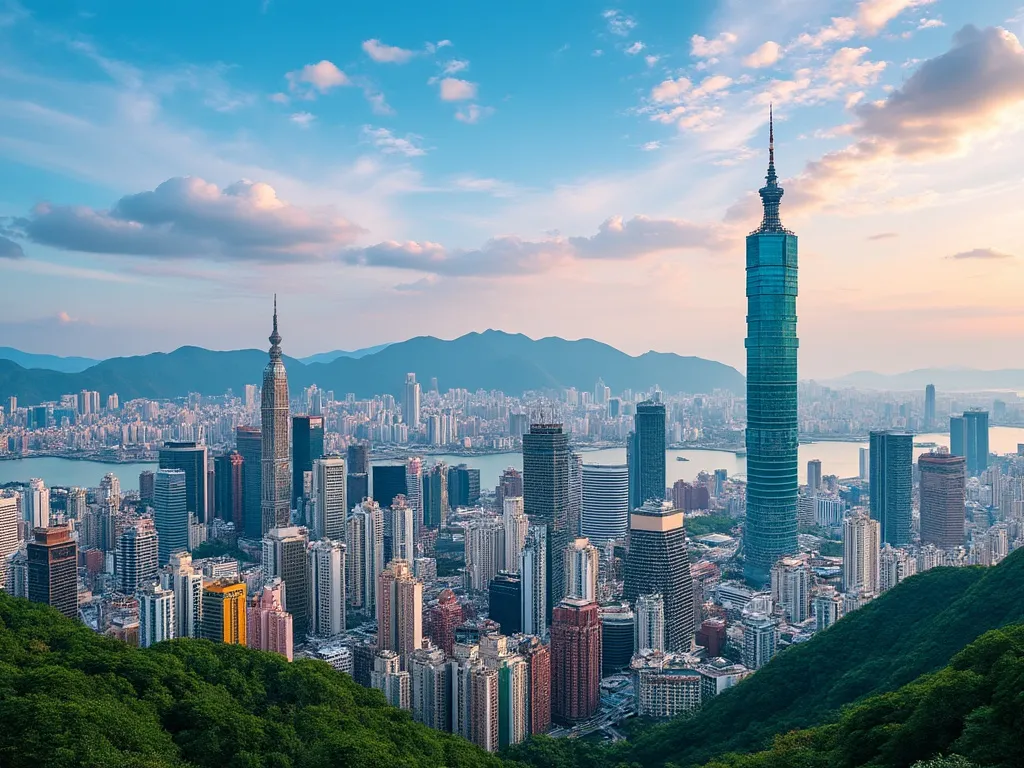 Taipei
Taipei
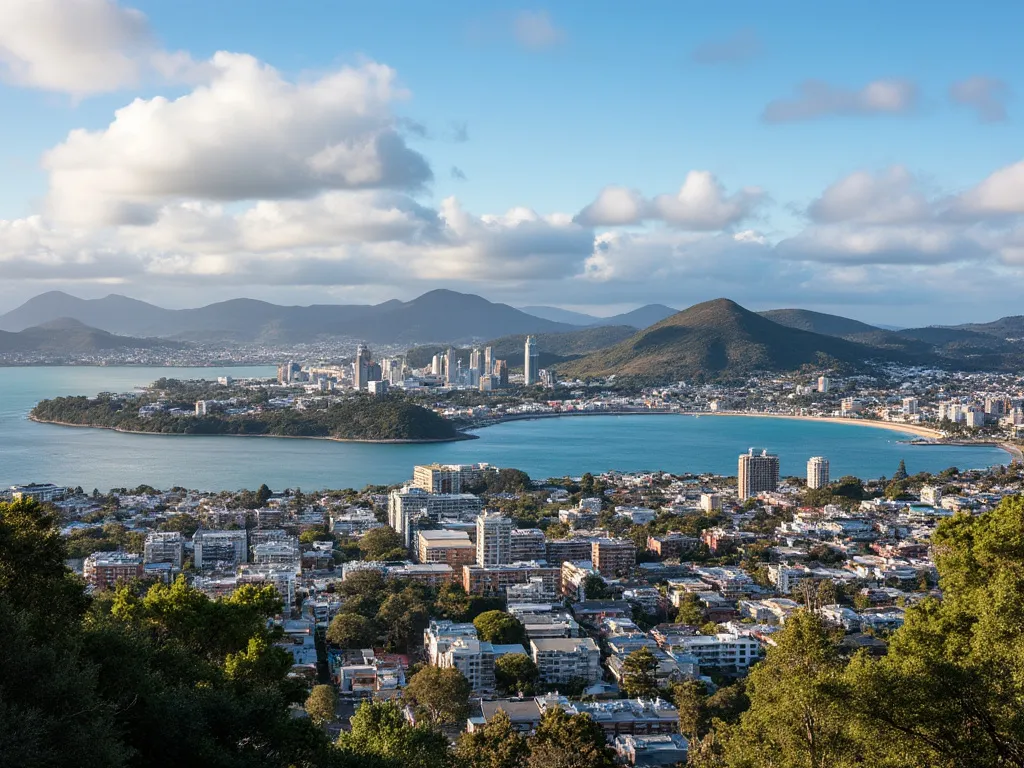 Stanley
Stanley
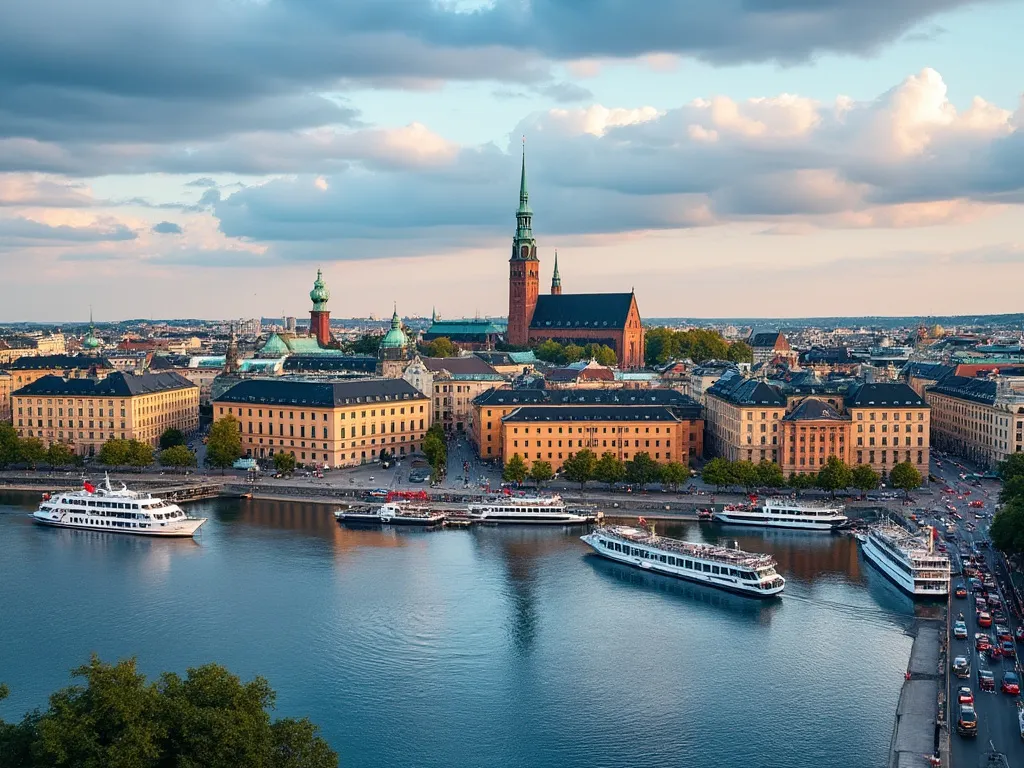 Stockholm
Stockholm